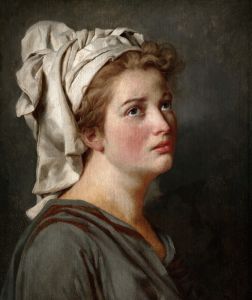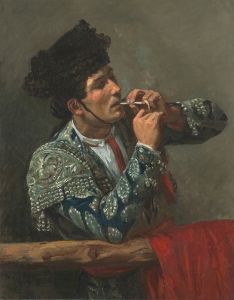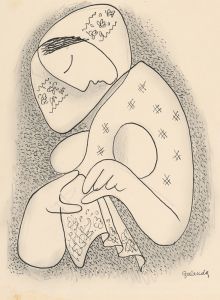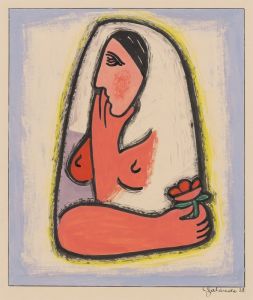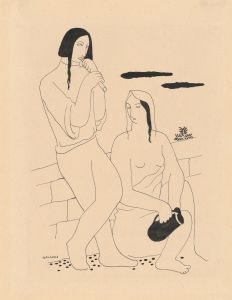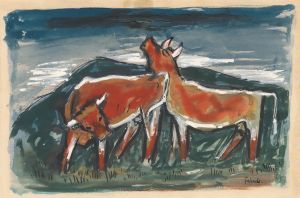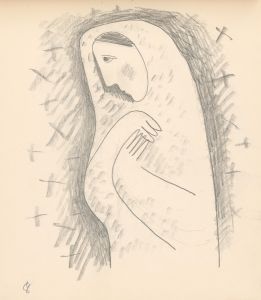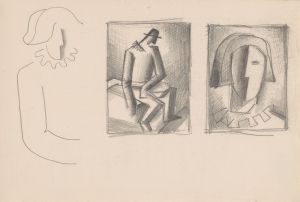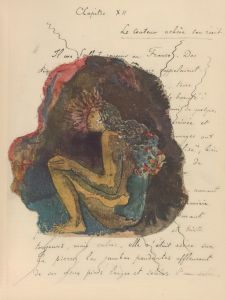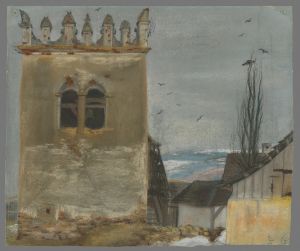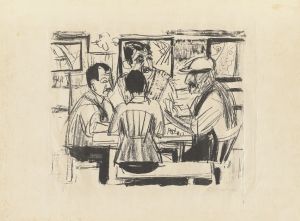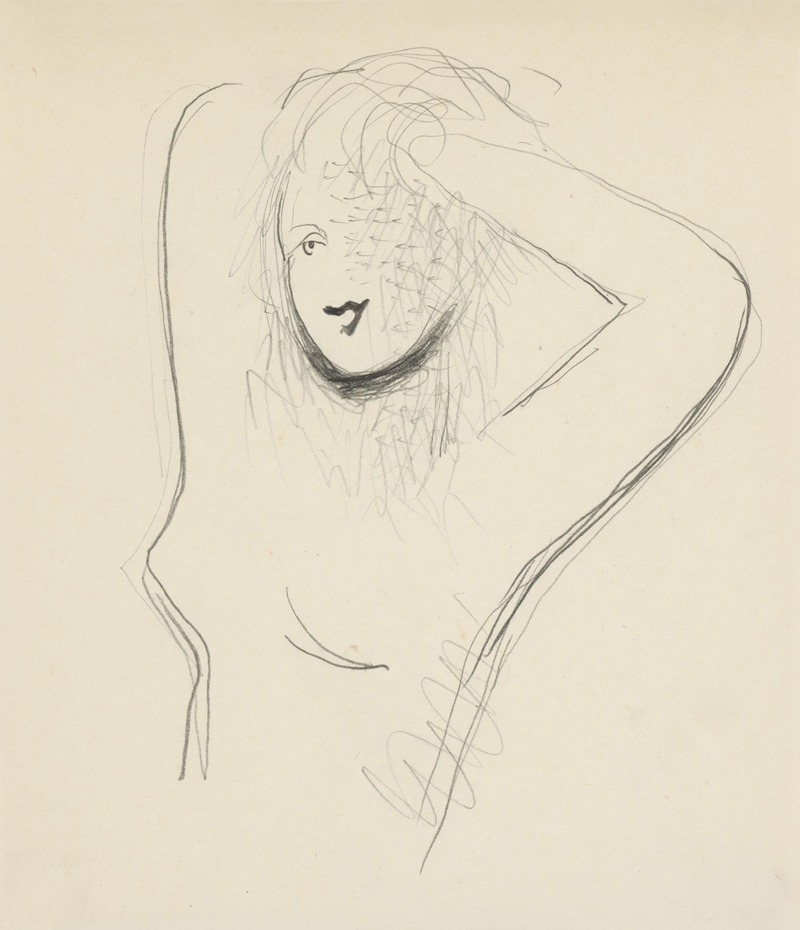
Česúca sa
A hand-painted replica of Mikuláš Galanda’s masterpiece Česúca sa, meticulously crafted by professional artists to capture the true essence of the original. Each piece is created with museum-quality canvas and rare mineral pigments, carefully painted by experienced artists with delicate brushstrokes and rich, layered colors to perfectly recreate the texture of the original artwork. Unlike machine-printed reproductions, this hand-painted version brings the painting to life, infused with the artist’s emotions and skill in every stroke. Whether for personal collection or home decoration, it instantly elevates the artistic atmosphere of any space.
Mikuláš Galanda was a prominent Slovak painter, illustrator, and graphic artist, recognized as one of the leading figures in the development of modern art in Slovakia during the early 20th century. His work is noted for its contribution to the Slovak Modernism movement, and he is often associated with the avant-garde art scene of his time. One of his notable works is the painting "Česúca sa," which translates to "Combing Her Hair."
"Česúca sa" is a fine example of Galanda's artistic style, which often combined elements of modernism with traditional Slovak themes. Galanda's work frequently explored the human figure, and "Česúca sa" is no exception, depicting a woman engaged in the intimate and everyday act of combing her hair. This subject matter reflects Galanda's interest in capturing the simplicity and beauty of ordinary life, a theme that resonates throughout much of his oeuvre.
The painting is characterized by its use of bold colors and simplified forms, a hallmark of Galanda's style. His approach often involved a reduction of detail to focus on the essential elements of the composition, creating a sense of harmony and balance. This technique is evident in "Česúca sa," where the figure is rendered with smooth, flowing lines and a limited color palette that emphasizes the serene and contemplative nature of the scene.
Galanda's work was heavily influenced by the broader European modernist movement, and he was known to have been inspired by artists such as Henri Matisse and the Fauves, as well as the Cubists. These influences can be seen in his use of color and form, as well as in his exploration of new artistic techniques and ideas. However, Galanda also sought to incorporate elements of Slovak folk art and culture into his work, creating a unique fusion that set his art apart from that of his contemporaries.
"Česúca sa" reflects Galanda's commitment to capturing the essence of Slovak identity and culture through a modernist lens. The painting not only showcases his technical skill and artistic vision but also serves as a testament to his role in the development of Slovak modern art. Galanda was a founding member of the "Generation 1909," a group of Slovak artists who sought to break away from academic traditions and embrace new artistic expressions. His work, including "Česúca sa," played a crucial role in shaping the direction of Slovak art during this period.
Throughout his career, Galanda faced various challenges, including political and social upheavals that affected the art world in Slovakia. Despite these obstacles, he remained dedicated to his artistic vision and continued to produce work that was both innovative and deeply rooted in his cultural heritage. Today, Mikuláš Galanda is celebrated as a pioneer of modern Slovak art, and his paintings, including "Česúca sa," are regarded as important cultural treasures.
In summary, "Česúca sa" by Mikuláš Galanda is a significant work that exemplifies the artist's modernist approach and his dedication to capturing Slovak culture and identity. Through its elegant composition and thoughtful execution, the painting continues to be appreciated for its artistic and cultural value, reflecting Galanda's enduring legacy in the world of art.





